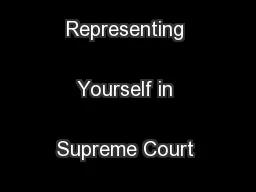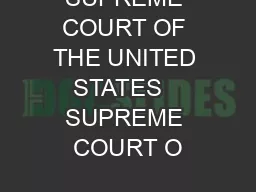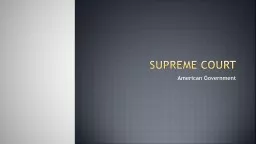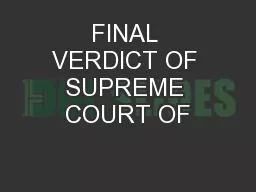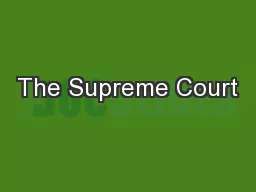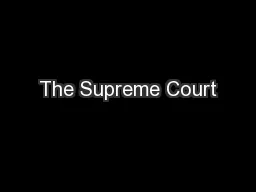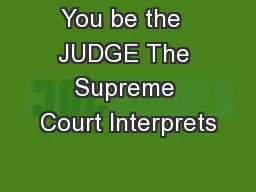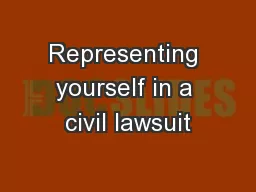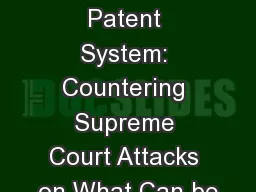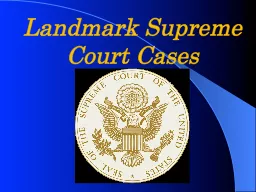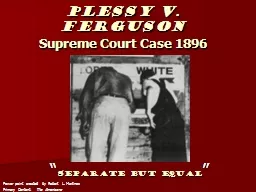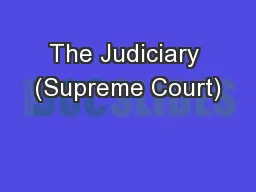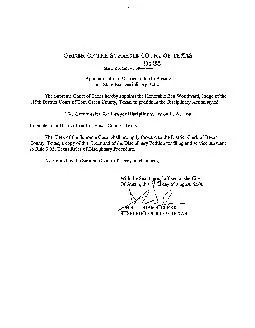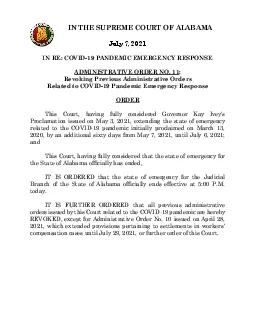PDF-Guidebooks for Representing Yourself in Supreme Court Civil Matters ..
Author : celsa-spraggs | Published Date : 2016-07-23
The Case Planning Conference x2022 1 Requisitions e purpose of a requisition is to make a request to the court or court registry In most cases you do not have to
Presentation Embed Code
Download Presentation
Download Presentation The PPT/PDF document "Guidebooks for Representing Yourself in ..." is the property of its rightful owner. Permission is granted to download and print the materials on this website for personal, non-commercial use only, and to display it on your personal computer provided you do not modify the materials and that you retain all copyright notices contained in the materials. By downloading content from our website, you accept the terms of this agreement.
Guidebooks for Representing Yourself in Supreme Court Civil Matters ..: Transcript
Download Rules Of Document
"Guidebooks for Representing Yourself in Supreme Court Civil Matters
.."The content belongs to its owner. You may download and print it for personal use, without modification, and keep all copyright notices. By downloading, you agree to these terms.
Related Documents

